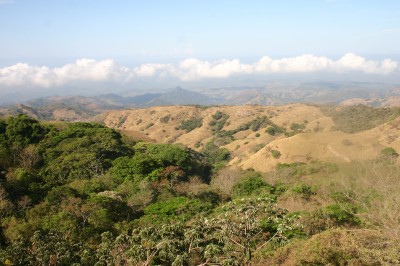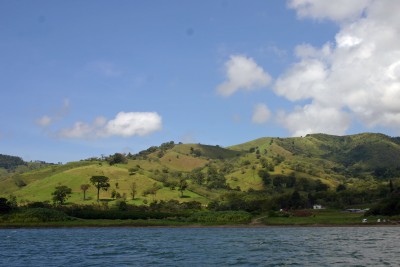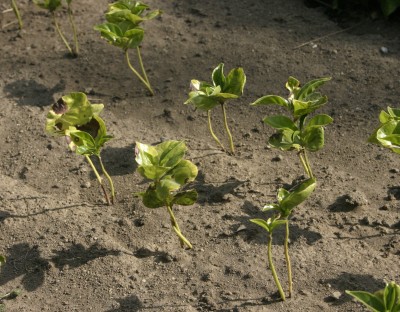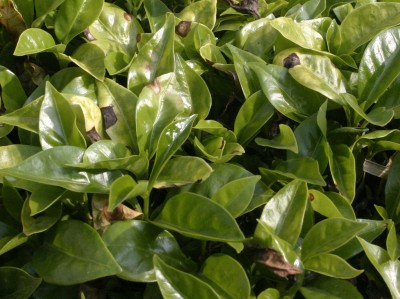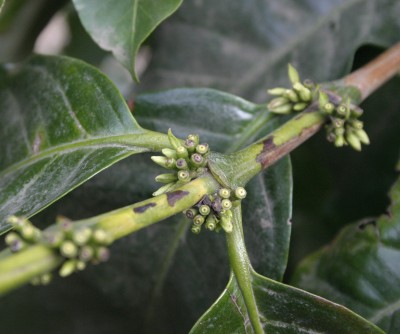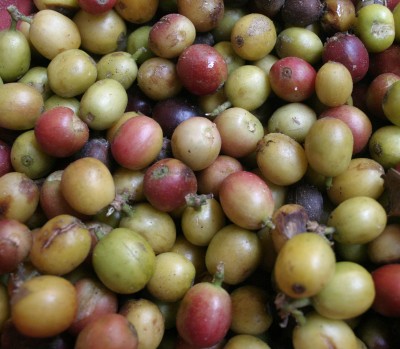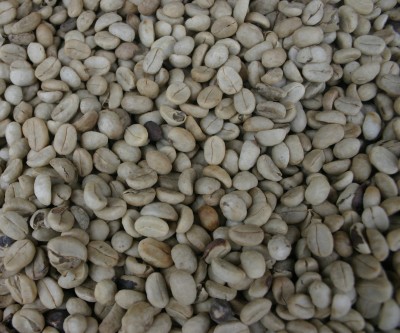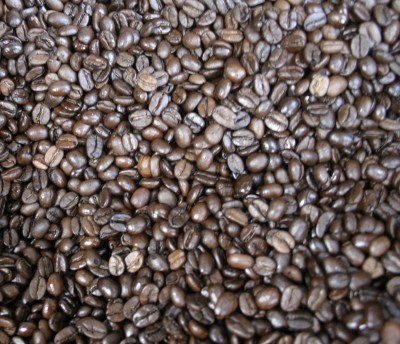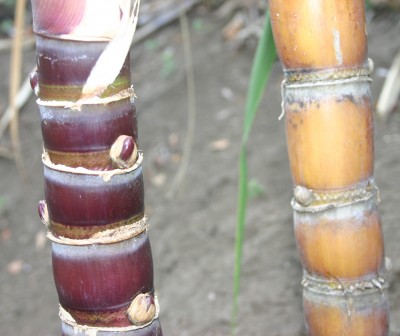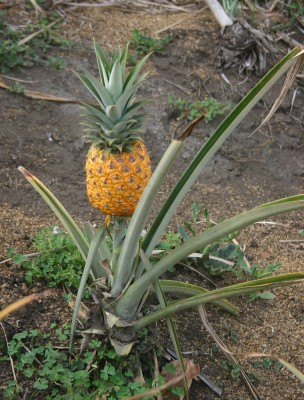Although an extraordinary amount of land in Costa Rica (about 24 percent) is dedicated to the preservation of nature, agriculture is also important. Fruits abound. Sweet and juicy pineapples, mangoes, papayas, watermelons and bananas are the order of the day as well as strange fruits I cannot remember the names of and which either have a good taste but a weird texture or a nice texture but a strange taste. The Costa Rican coffee is also something to celebrate. Mmmm!
Generally speaking, my impression is that Costa Ricans are good at thinking in terms of sustainability whether it be ecotourism, organic farming, saving water or preserving nature. Organic farming is not the answer to everything, though. In the hot and humid climate everything grows well which is one of the reasons there is such an incredible biological diversity. This also means that pests affecting agricultural plants, i.e. weeds, fungi and insects, have a good life. And, apparently, pineapples are particularly prone to pests, so they are frequently sprayed, we are told.
We visit a coffee and sugar cane plantation. We are shown the process that starts with a coffee seedling and continues to adult plant, then on to coffee berries to shelled, hulled, cleaned and roasted beans. We watch as sugar cane stalks are pressed to extract the juice and see cauldrons filled with juice being boiled down to syrup. All very fascinating – and tasty too, as we find out when we are treated to samples of the products.
When land is cleared for agriculture the contours are laid bare. It looks pretty, but in a different way from the lush forests that would otherwise cover the undulating landscape. Every dent, knob and dimple becomes visible. The land looks like the head of a man who has shaved his head bare.

